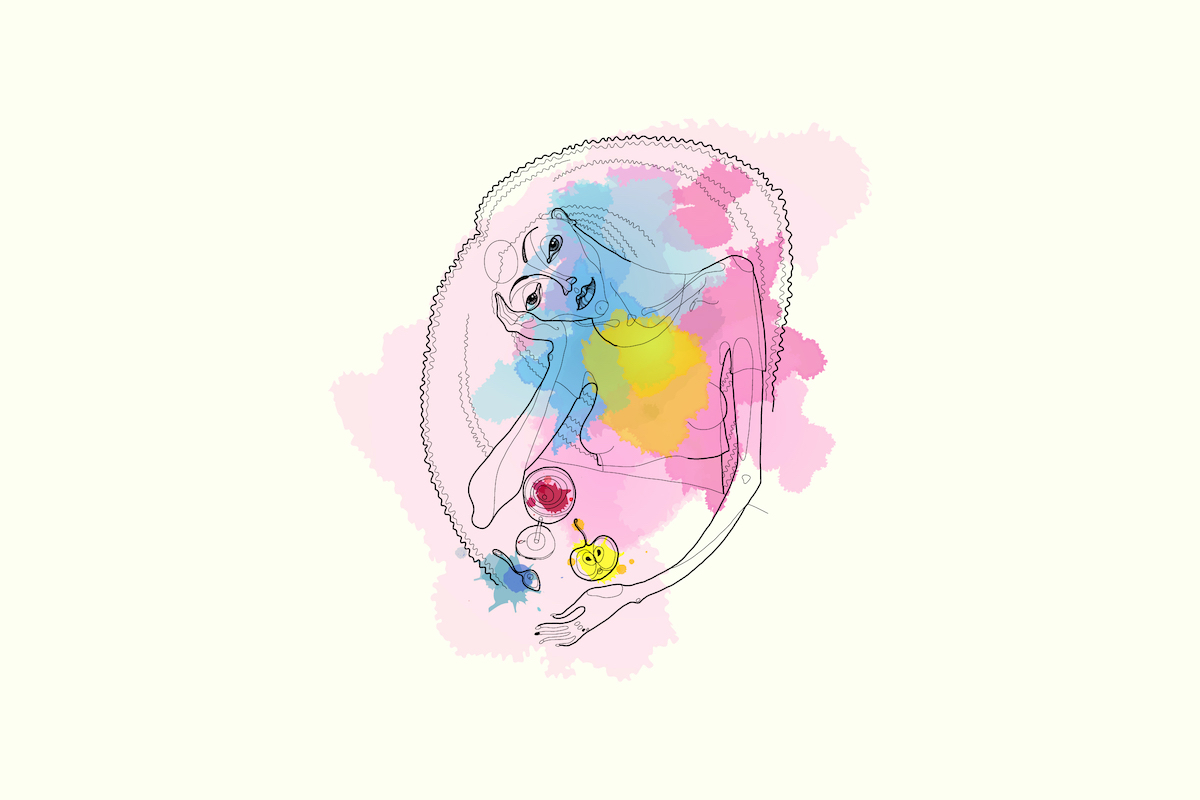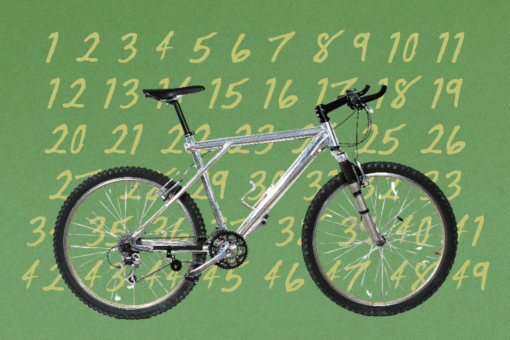At my Jewish summer camp, we used to sing a song that went, “Wherever you go, there’s always someone Jewish / You’re never alone when you say you’re a Jew.” For the most part, that’s held true for me: I’ve always felt like I was part of a Jewish community, regardless of any distance I travelled — that is, until a global pandemic stepped in.
Going into this High Holiday season, many of us have found ourselves feeling alone; it doesn’t particularly matter that “wherever you go, there’s always someone Jewish” because, well, there isn’t anywhere to go. So, how do we find our communities? How do we find our comfort? As Rosh Hashanah and Yom Kippur approach, those of us who aren’t living with our families anxiously await what will be, for many of us, our first High Holidays alone.
But this isn’t my first go around. Two years ago, after moving from Los Angeles to Boise, Idaho to attend Boise State University, I found myself with a school schedule that did not acknowledge Rosh Hashanah and Yom Kippur, and the only access I had to my community and my family were through livestreamed services or FaceTime calls. Prior to 2018, every Rosh Hashanah I could remember involved walking with my family to greet our community, going to sit in the same seats amongst the sea of familiar faces, joining my friends in our youth lounge, and finishing the afternoon hosting our dearest family and friends for lunch. Rosh Hashanah is the start of the New Year, and until 2018, I had always begun it alongside the community that supported me.
Naturally, when separated from this community, I felt alone. Don’t get me wrong, I had a congregation to join, and families with which to have Rosh Hashanah meals here in Boise. And, like many of us today, I had access to my LA synagogue’s livestreamed services and could FaceTime into family dinners. But the local communities did not yet feel like home to me, and FaceTiming only made me feel like I was in an episode of Black Mirror, left feeling even more alone when the call ended and I stared into an empty screen. Worried about entering a new year feeling lost, and without the community I had always known to guide me, I turned to a community that never left my side: nature.
When I was young, I was taught that Judaism is everywhere. It is not just our Rosh Hashanah meals, or the community we share a prayer space with; Judaism is how we see the world around us.
If there is anything I learned from the past two years of spending the High Holidays alone, it is that sometimes the connections we have with our communities and our faith is made even stronger by taking some individual time to reflect on it. For me, that reflection was best placed in the great outdoors.
Back in 2018, after attempting to join a congregation that did not yet feel like “mine” in my new city on the first day of Rosh Hashanah, I felt more alone and defeated than before. So, on day two, I took a more non-traditional approach. Instead of attending in-person services, or livestreaming into the services back home, I went on a hike. I hiked up the tallest accessible mountain, and there, I blew the shofar. There was no physical community around me, yet somehow I felt the power of Jewish community behind me more than ever before.
Although I could not find a way to feel connected to my community, finding a way to connect to Judaism on my own proved to me the importance of its presence more than any crowded shul on Rosh Hashanah could ever have. My community raised me to be strong in my Judaism, to know myself, and to conquer obstacles creatively. All three of those things I had accomplished in this act of a non-traditional Rosh Hashanah celebration.
For those of you who are struggling to picture yourself having a meaningful Rosh Hashanah without the typical in-person services and celebrations, I invite you to join me on the journey of self-reflection through non-traditional practice as well.
Here are some ideas for ways to start the new year with strength and kavana (intention):
1. Take the livestream outside
If you still want to participate in traditional services, but are missing the comfort of a physical community around you, make nature your community. Grab your phone or laptop and bring it your favorite place in nature, whether it’s a mountain or park or rooftop (looking at you, city dwellers). Recognize the beauty of how Judaism teaches us to see the world while simultaneously participating alongside your community.
2. Journal
Take the typical “New Years Resolutions” a step further and use the time to reflect on your past year: your successes, your struggles, and what you might do to improve yourself and the world around you in the coming year. If you are participating in a virtual service, use journaling to take pause and evaluate your thoughts on this new experience.
3. Do something you wouldn’t normally do
On the second night of Rosh Hashanah, some have the tradition of eating a “new fruit” and saying the Shehechiyanu blessing over it. I suggest taking this one step forward: Push yourself out of your comfort zone and try a new form of prayer! Take a hike in place of attending services (like I did), use the time to learn something new, or do something for yourself that you may have been putting off during the past year. You may also want to write letters to those who play a significant role in your community to thank them, or learn a traditional recipe that connects you to your ancestry. This is a great time to start a new tradition for the years to come!
While I, personally, find the most meaningful alternatives to praying with my community to be spending time with the living things surrounding me in nature, that is certainly not the only way to have a meaningful solo Rosh Hashanah. Simply by using this opportunity to reflect on your connections and the communities — in person, online, Jewish or not — that have shaped and supported you, we can start the New Year with just as much warmth as we would feel wrapped in the arms of our family and our communities.
Header image design by Grace Yagel. Original illustration by -cuba-/Getty images.



